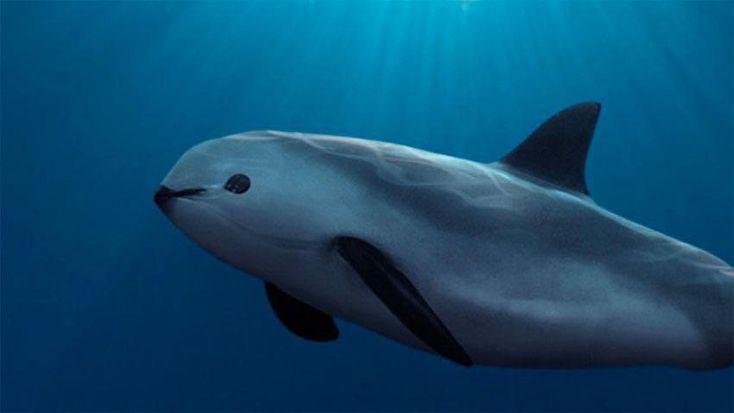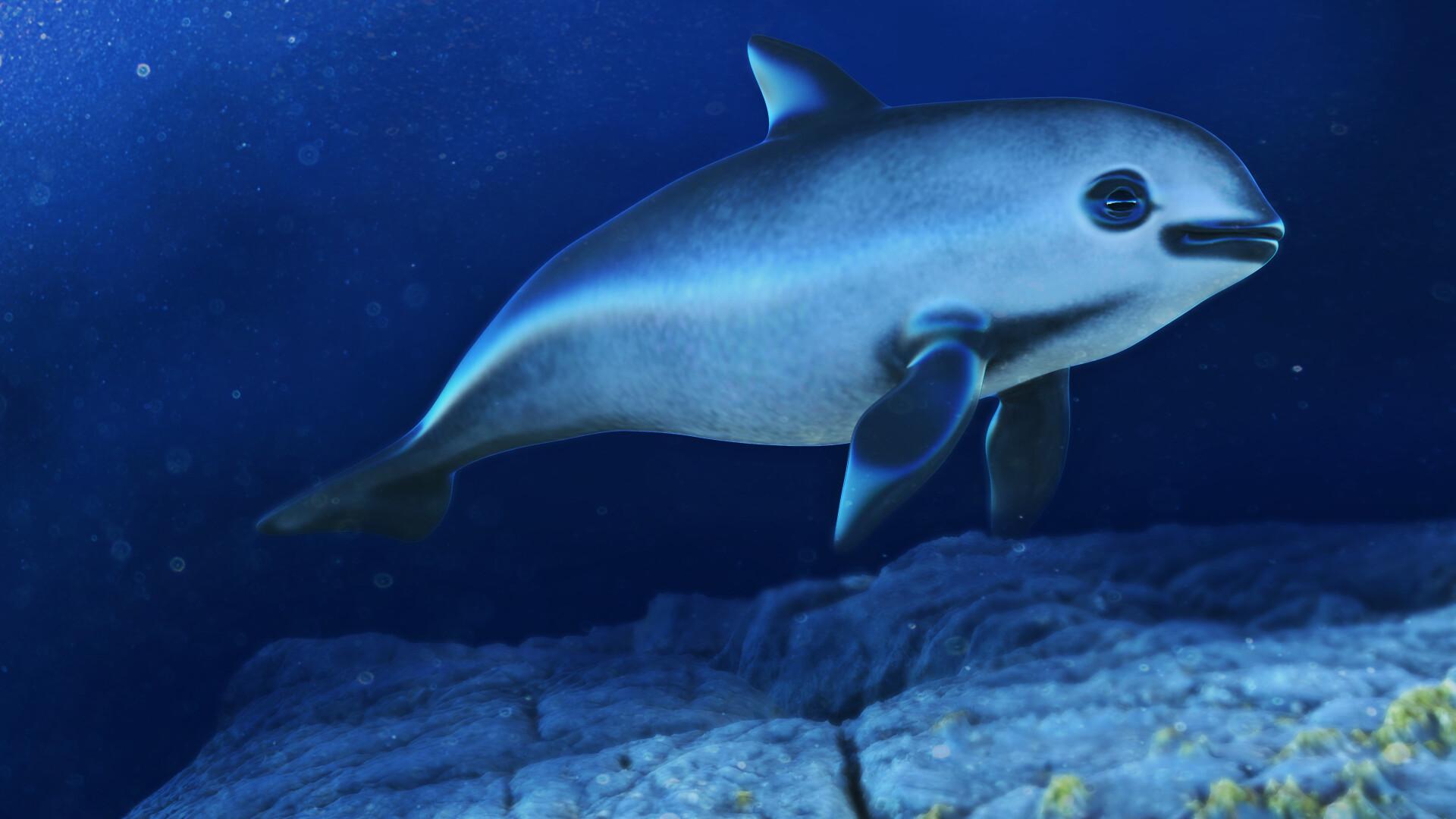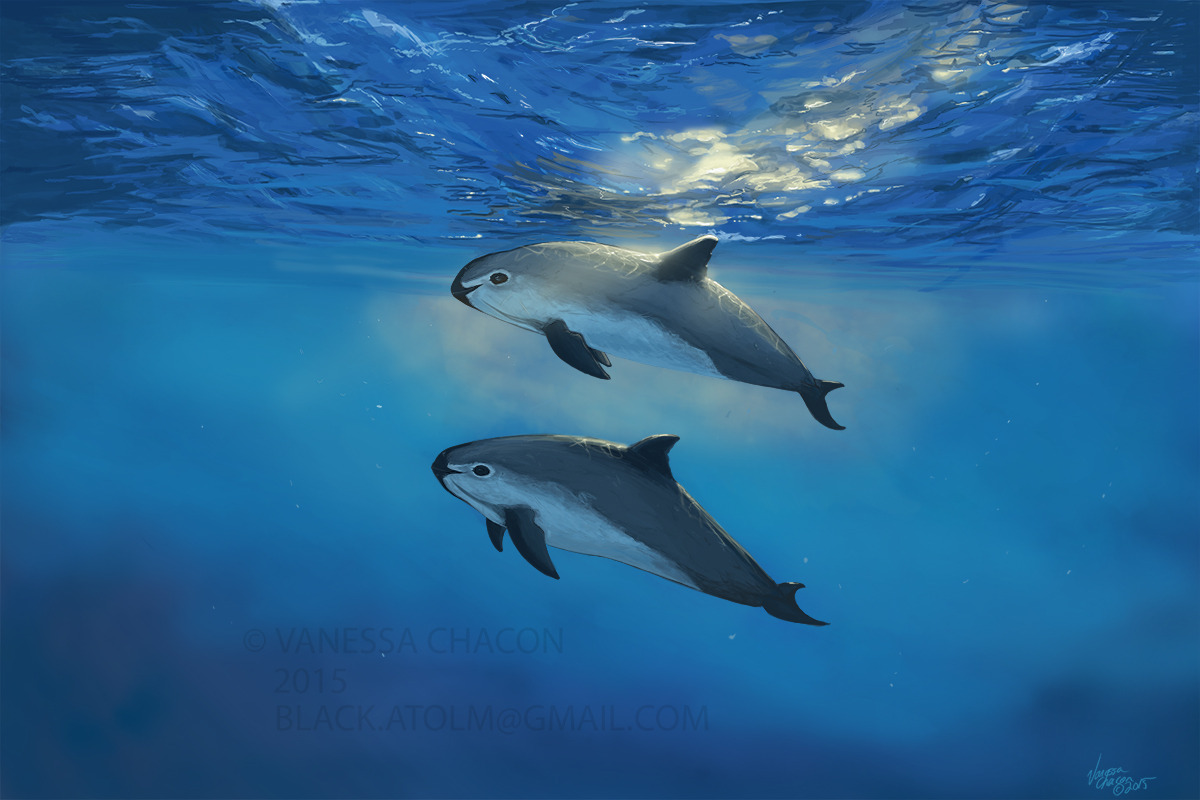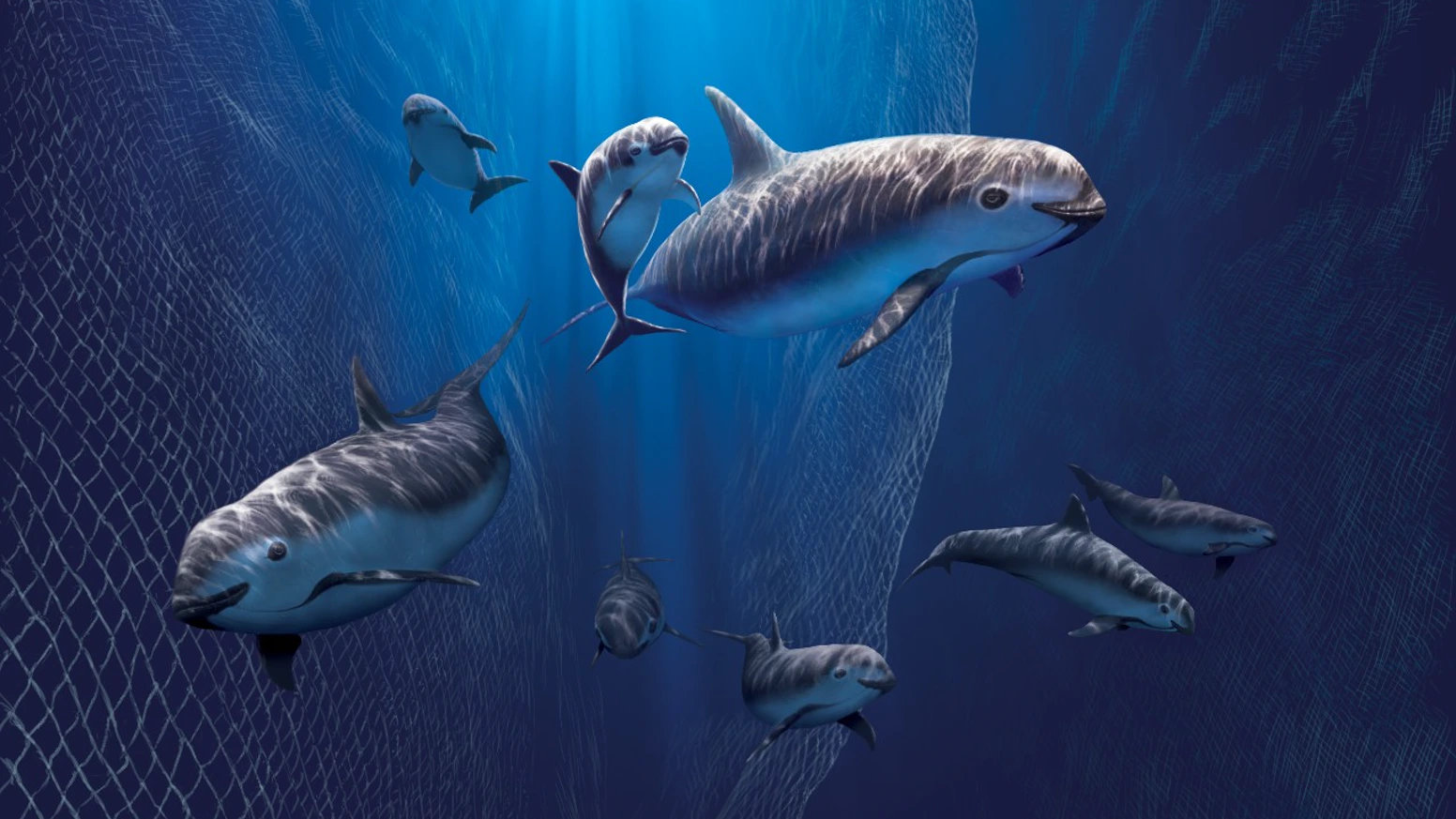STATUS
Critically Endangered

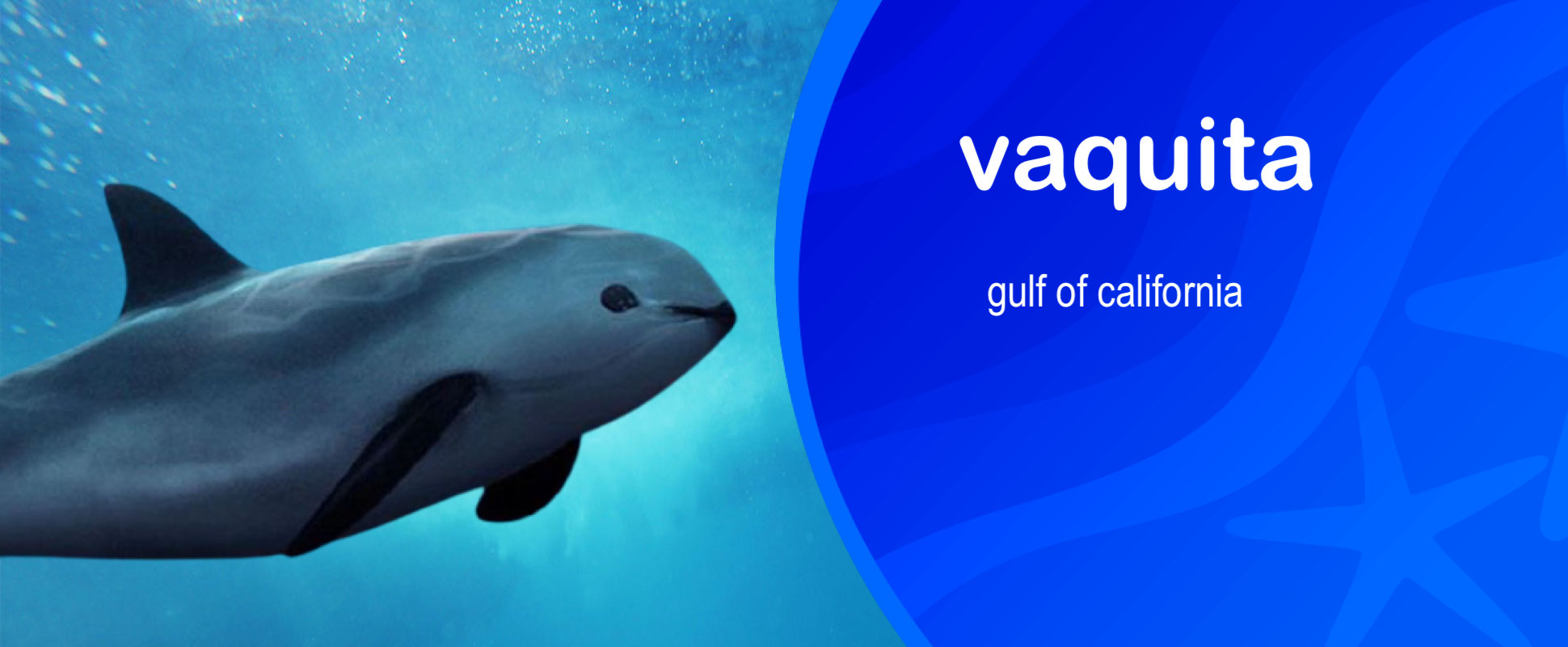
Vaquita, the world's rarest marine mammal, is on the edge of extinction. The plight of cetaceans-whales, dolphins, and porpoises-as a whole is exemplified by the rapid decline of the vaquita in Mexico, with about 10 individuals remaining. This little porpoise wasn't discovered until 1958 and a little over half a century later, we are on the brink of losing them forever. Vaquita are often caught and drowned in gillnets used by illegal fishing operations in marine protected areas within Mexico's Gulf of California. The population has dropped drastically in the last few years.
This comparatively tiny marine mammal is four and a half feet long on average, and only slightly longer than your average golden retriever from nose to tail! These torpedo-shaped marine mammals are dark gray, with a light or white underbelly, and large dark patches around each eye. Vaquitas have a small dorsal fin on their backs, two pectoral fins (one on either side of the body), and a tail fin, also known as a fluke.
The vaquita has a large dark ring around its eyes and dark patches on its lips that form a thin line from the mouth to the pectoral fins. Its top-the dorsal surface-is dark gray, its sides are pale gray, and its underside-the ventral surface-is white with long, light gray markings. Newborn vaquita have darker coloration and a wide gray fringe of color that runs from the head to the flukes, passing through the dorsal and pectoral fins. They are most often found close to shore in the Gulf's shallow waters, although they quickly swim away if a boat approaches.

STATUS
Critically Endangered

SCIENTIFIC NAME
Phocoena sinus

POPULATION
only 9 left

LENGTH
Up to 5 feet

WEIGHT
Up to 120 pounds

HABITAT
CALIFORNIAN GULF
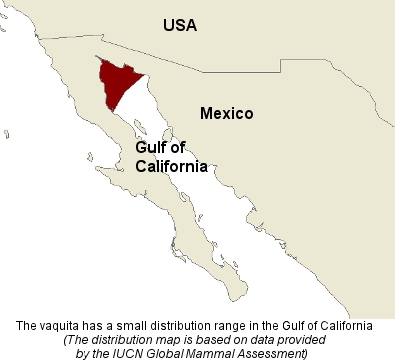
Vaquitas exist as both predator and prey in their natural habitat. Preyed upon by members of the shark family, Vaquitas serve as important food sources for top predators.
The vaquita is the most endangered cetacean in the world. With as few as around 9 left, the species will become extinct without a fully enforced gillnet ban throughout their entire habitat.
Vaquitas are indirectly threatened by illegal wildlife crime. This means they are negatively impacted by the trade in another endangered species
The Vaquita has been classified as one of the top 100 evolutionary distinct and globally endangered (EDGE) mammals in the world, but has also taken on the ominous distinction of the most endangered cetacean (aquatic mammals that include porpoises, whales and dolphins) in the world.
It has been listed as critically endangered since 1996. The population was estimated at 600 in 1997, below 100 in 2014, approximately 60 in 2015 and 30 by November 2016. with a total population decline of 98.6% since 2011 Only 9 Vanquita are left.
